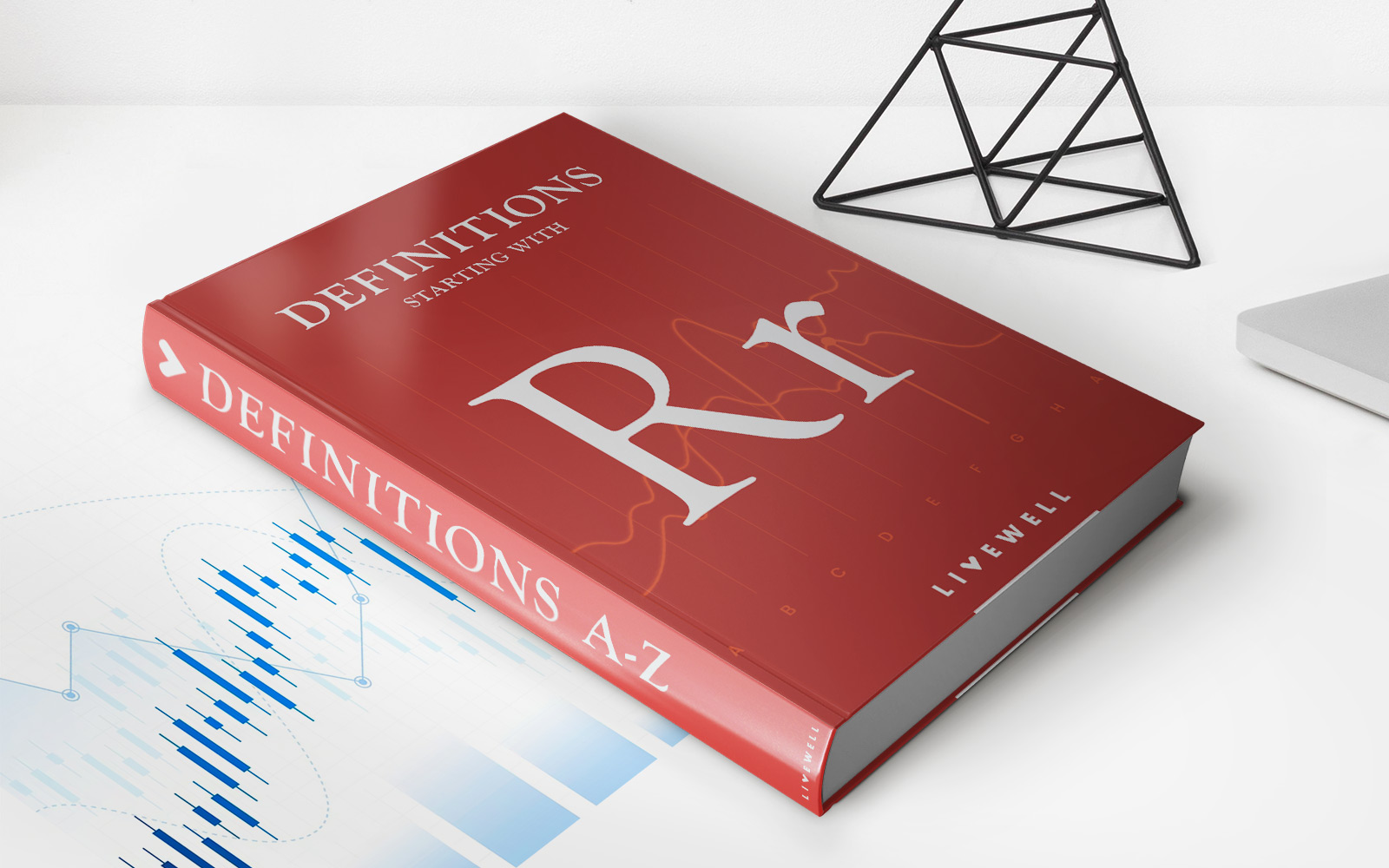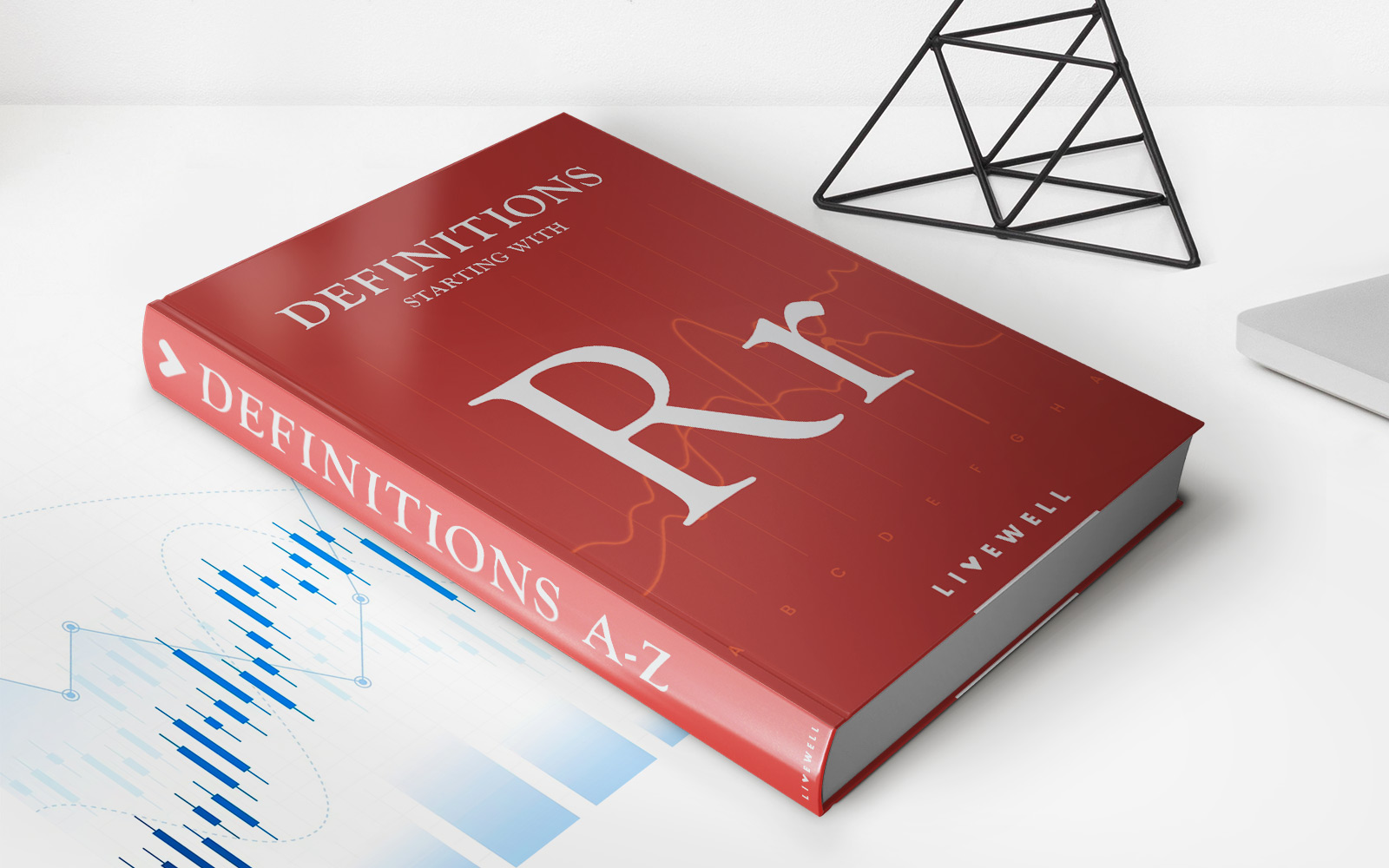

Finance
Riding The Yield Curve Definition
Published: January 21, 2024
Learn the definition and benefits of riding the yield curve in finance. Maximize your investment returns with this powerful strategy.
(Many of the links in this article redirect to a specific reviewed product. Your purchase of these products through affiliate links helps to generate commission for LiveWell, at no extra cost. Learn more)
Cruising with the Yield Curve: A Financial Adventure
When it comes to the world of finance, there are many complex concepts and strategies to navigate. One such strategy that has piqued the interest of investors is riding the yield curve. But what exactly does that mean? In simple terms, riding the yield curve refers to a strategy where investors take advantage of the difference in yields between long-term and short-term bonds. By investing in bonds with longer maturities and holding them until they reach maturity, investors hope to capture higher returns. But like any adventure, there are risks to be aware of along the way.
Key Takeaways:
- Riding the yield curve involves taking advantage of the difference in yields between long-term and short-term bonds.
- Investors hope to capture higher returns by investing in bonds with longer maturities and holding them until they mature.
Now that we have a basic understanding of riding the yield curve, let’s delve deeper into the strategy and its potential benefits and risks.
The Upside of Riding the Yield Curve
Riding the yield curve can offer several benefits for investors who are looking to maximize their returns:
- Higher Potential Returns: By purchasing longer-term bonds with higher yields, investors have the opportunity to earn higher returns when compared to short-term bonds. This can be especially advantageous if the yield curve is steep, meaning there is a significant difference between short-term and long-term yields.
- Portfolio Diversification: Investing in bonds with different maturities can help diversify an investment portfolio. By spreading investments across various points on the yield curve, investors can reduce the impact of interest rate fluctuations on their overall portfolio. This diversification can potentially reduce risk and increase stability.
However, let’s not forget that every adventure comes with its fair share of risks.
The Risks of Riding the Yield Curve
While riding the yield curve can be a profitable strategy, it’s essential to be aware of the risks involved:
- Interest Rate Risk: When interest rates rise, bond prices typically fall. If an investor is holding long-term bonds, they may experience a decline in the value of their investment. This risk is magnified if the bonds need to be sold before maturity. Therefore, it’s crucial to carefully consider the timing and duration of the investment.
- Reinvestment Risk: If an investor is holding bonds that mature sooner than expected, they may face the challenge of reinvesting the proceeds at a lower interest rate. This risk is particularly relevant in a declining interest rate environment. Investors must weigh the potential benefits of riding the yield curve against this reinvestment risk.
- Market Volatility: The bond market, like any other market, is subject to volatility. Economic and political events can impact interest rates and bond prices, making it challenging to predict future movements accurately. Investors should be prepared for fluctuations in the market and consider the potential impact on their investment.
Now that we understand the potential benefits and risks of riding the yield curve, it’s crucial to remember that every investment decision should be based on individual financial goals, risk tolerance, and time horizon. Consulting with a financial advisor can provide valuable guidance.
So, whether you’re looking for a thrilling adventure in the world of finance or simply seeking to optimize your investment portfolio, riding the yield curve can offer an opportunity for increased returns. Just remember to fasten your seatbelt and stay informed about the ever-changing winds of the market.














